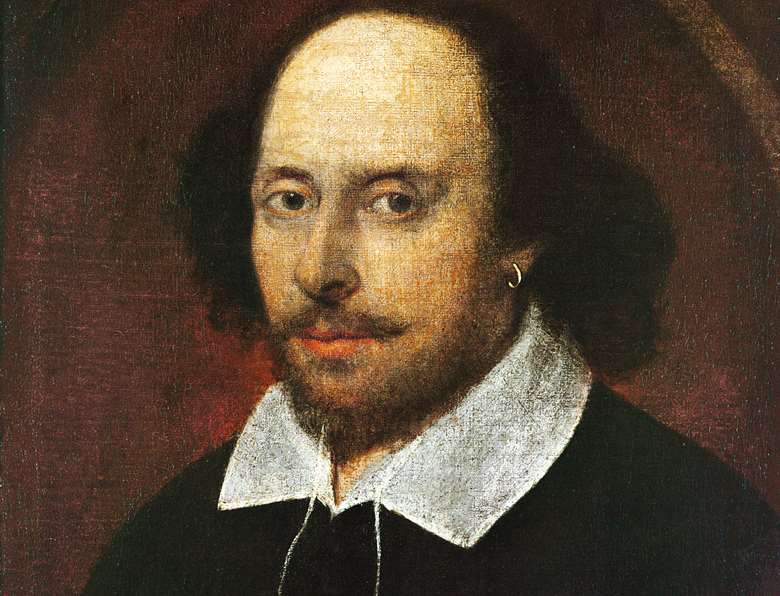How Shakespeare has inspired composers through the centuries
Michelle Assay
Wednesday, November 8, 2023
Michelle Assay traces a history of music inspired by William Shakespeare, uncovering a treasure trove of well-known as well as lesser-known gems

Register now to continue reading
Thanks for exploring the Gramophone website. Sign up for a free account today to enjoy the following benefits:
- Free access to 3 subscriber-only articles per month
- Unlimited access to our news, podcasts and awards pages
- Free weekly email newsletter










